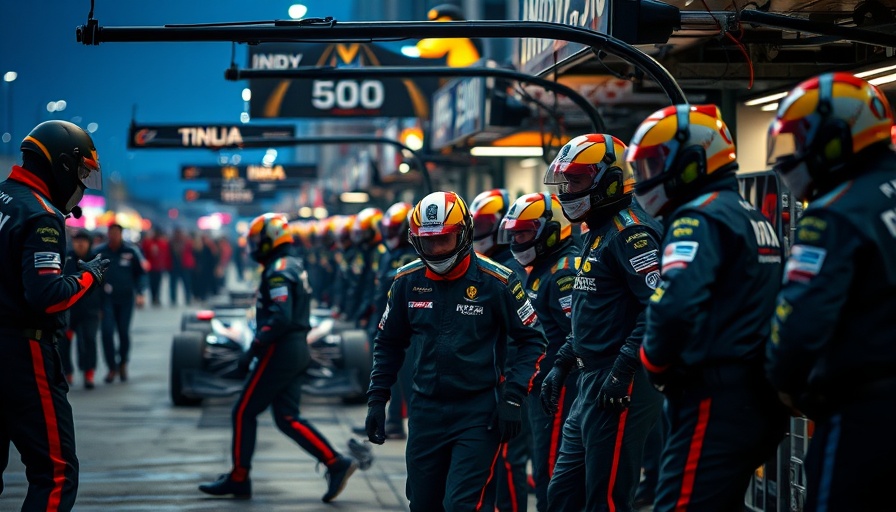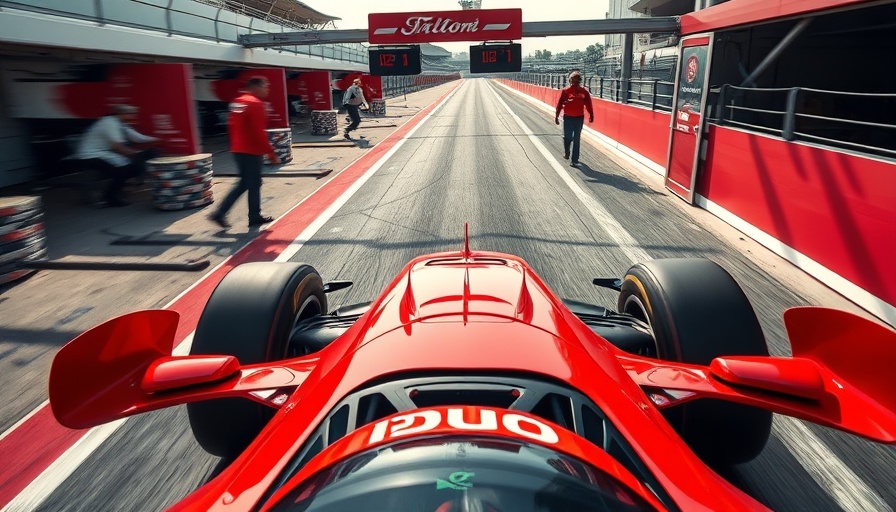
The Incident: A Shocking Start to the Indy 500
The Indy 500 is celebrated for high speeds and thrilling races, but this year’s event was marred by an alarming incident on the pit lane. The polesitter, who had high hopes of winning this prestigious race, collided with four members of his pit crew during an early pit stop. This unprecedented occurrence not only raised serious safety concerns but also marked a disappointing end to a race that many anticipated would be a nail-biter from the very start.
Safety Protocols in Racing: Are They Enough?
This incident highlights an important issue: the adequacy of safety protocols in high-octane sports like auto racing. NASCAR and Formula 1 have comprehensive regulations in place that address safety both on and off the track. However, the IndyCar league's approach may need reevaluation in the light of this accident. Many industry experts believe that stricter guidelines and enhanced training for pit crews could mitigate these risks in future races.
Lessons Learned from the Race
The aftermath of this incident offers vital learning opportunities for both teams and racing leagues. Pit lane procedures, like ensuring all personnel are clear before a car enters the pit, are fundamental yet sometimes overlooked. Crew members must be vigilant, trained to react swiftly and safely, ensuring their own protection while executing fast-paced tasks. Additionally, teams could benefit from enhanced communication protocols to prevent overlaps that can lead to dangerous situations.
The Aftermath: Recovery and Rebuilding
With the race over for the polesitter, focus will inevitably shift to the recovery of the injured crew members. Thankfully, initial reports indicate that injuries are not life-threatening, but the psychological impact of such a traumatic event could linger. Racing teams will be tasked not only with physical rehabilitation but also with providing mental health support to their crew, fostering a culture of safety and well-being.
A Moment of Reflection: Community Response
The racing community has reacted strongly to this incident. Fans and fellow teams have expressed solidarity with the affected crew members, reflecting the close-knit nature of the sport. Social media platforms have become a space for encouragement as fans share messages of support for the crew's speedy recovery. This shared sentiment underscores the importance of community in motorsports, where every crew member is an essential part of the team's success.
Conclusion: What Lies Ahead?
As the racing season continues, the IndyCar league and teams must address safety protocols and training to prevent similar incidents in the future. For fans, the incident serves as an unsettling reminder of the dangers that come with the adrenaline-fueled pursuit of speed. Moving forward, we hope to see not only thrilling races but also an unwavering commitment to safety that protects everyone involved.
 Add Row
Add Row  Add
Add 




Write A Comment